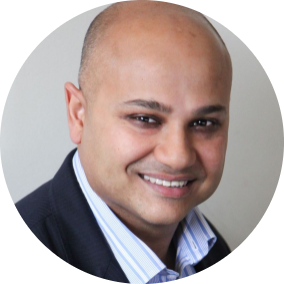That's an adage used by the US Navy Seals. The seal teams are often required to complete a complex operation and make high-impact decisions while maintaining their emotional balance.
This slogan embodies their strategy for securing successful outcomes and ensuring a smooth operation.
The best way to get to the finish line with fewer mistakes
The big idea here is that if you take your time to learn how to get things right the first time (or within the first few times) then you're going to develop new skills faster in the long run.
Rather than going full speed at a task it's important to develop the basic skills necessary to get good at foundational elements.
If you're learning to ride a bike, you need to get good at balance first. You build muscle memory around the subtle nuances of your body posture etc and take a slow approach at first.
Thats the only way to get to the end result — learning to ride the bike.
It's tempting to go for that massive win and knock it out of the park. But that rarely works. Especially when you're behind.
Instead, it makes sense to go for incremental wins all of which, lead up to a bigger more positive outcome.
That's a less stressful approach.
You don't rise to the level of your goals, you fall to the level of your systems
James Clear talks about how you don't rise to the level of your goals, you fall to the level of your systems.
(You might find this conversation I had with James Clear useful because we also talked about how to set up your environment which is an important but often overlooked aspect of systems)
To get a system working for you you need to go slow first and only then you can speed up.
Make haste slowly.
Slow is smooth, smooth is fast,
Go slow first, establish your rhythm, then go fast ... sustainably.
Slow is smooth, smooth is fast.
Here are some tips to incorporate this into your workflow:
-
Work in 25-minute sprints followed by short breaks to check in with yourself and review your focus levels in the preceding sprint (we use a version of the Promodoro technique which incorporates a simple awareness practice within the Productive Insights membership) and these work really well for most of us.
-
Focus on systems first and really get them nailed down. Habits are great "systems" because they reduce decision fatigue while increasing effectiveness.
-
Breathe deeply and refocus when switching tasks. This is effective for 2 reasons:
-
It increases your awareness when you're task switching (which means you're more likely to catch yourself when you're getting distracted)
-
It forces you to pause between tasks and this often reorients you to your broader objective and check that you're still focused on the right thing right now.
-

